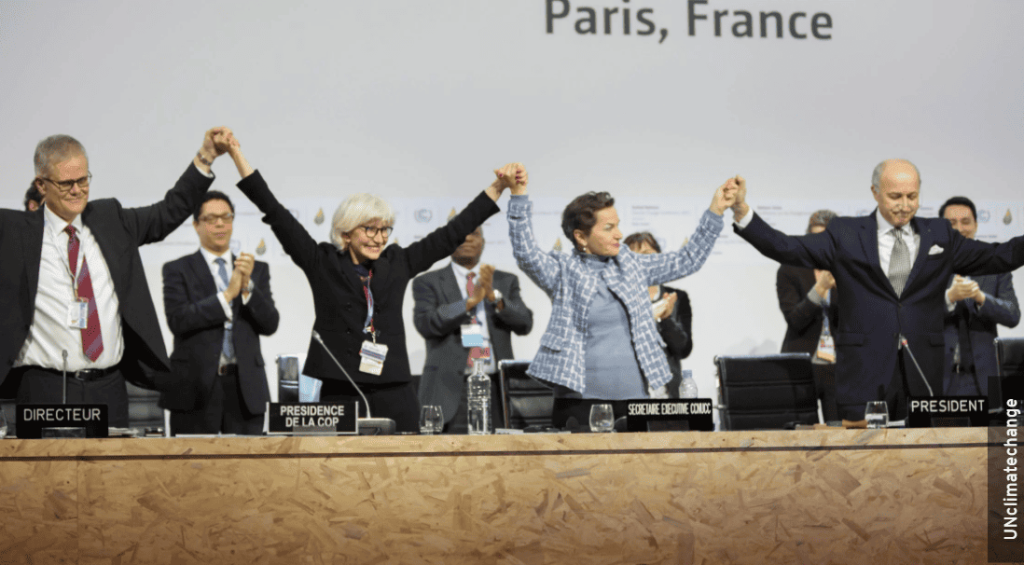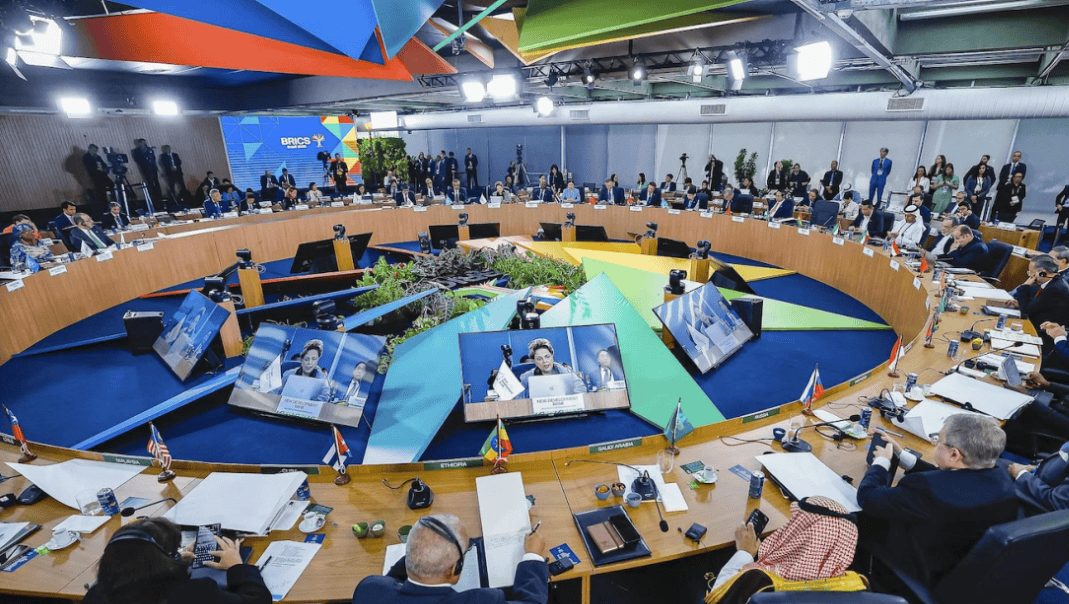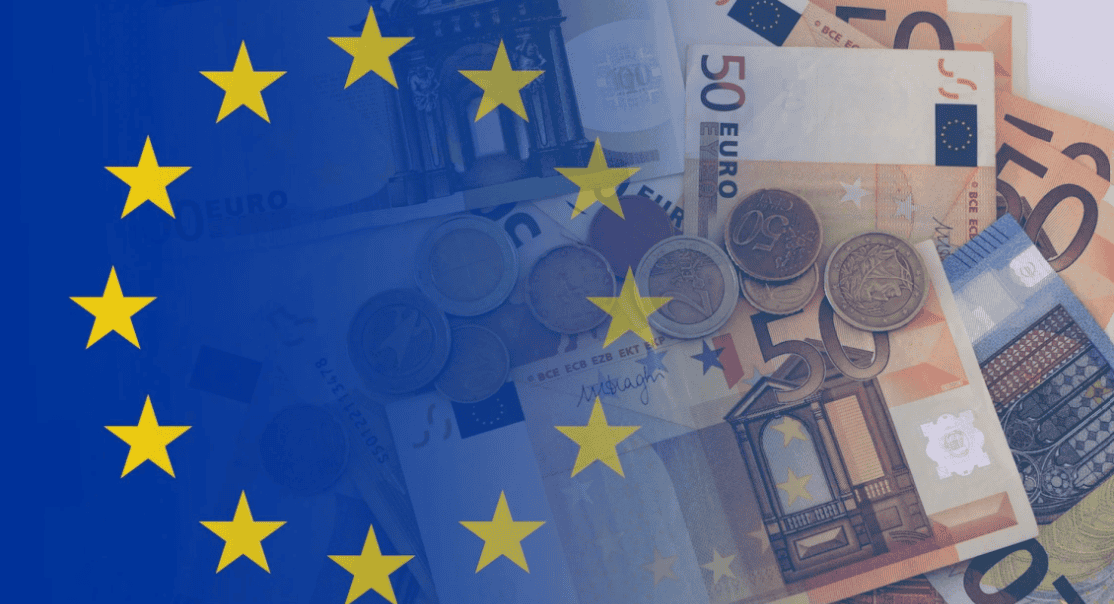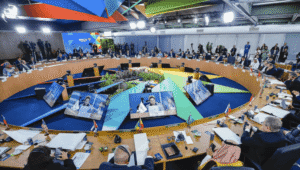Climate change is a global common, but its impact across the world is not common – it is very uneven. Mitigation of climate change also involves distributional issues since historic, current, and future emissions are highly unequally distributed across the globe. This creates conflict lines that are increasingly blocking progress under the Conference of the Parties. This column argues that the disparity in future emissions rights inherent in the Paris Agreement is another major stumbling block. COP needs a new, comprehensive deal that integrates both mitigation commitments and more equitable distribution. The inequities are increasingly not between Global North and Global South, but between the ‘poor’ and ‘rich’ in terms of future emissions rights.
The common narrative on global warming has long been that “we are all in one boat”. This is true, of course. We only have this one planet, and we are all sharing its atmosphere, which is why climate is a global common – maybe the global common. Any additional tonne of carbon emitted, anywhere, increases the concentration in the atmosphere and increases the average global temperature for all. The science is well understood and, thanks to joint efforts of hundreds of scientists coming together at the Intergovernmental Panel on Climate Change (IPCC), also widely accepted.
The key numbers that describe the common challenge at the planetary scale (IPCC 2021) are as follows. Some 2,400 gigatonnes (Gt) of CO2 have been emitted into the atmosphere since the industrial revolution. This has already increased global average temperature by about 1.1°C. There are about 300 Gt left in the carbon budget if warming is to stay below 1.5°C with high certainty (500 Gt if we take a bit more risk), and we are ‘using up’ that budget by emitting about 40 Gt per year. The numbers show starkly that the remaining carbon budget is both very limited and shared by all – every tonne of CO2 emitted ‘uses up’ part of this remaining budget. 1 This is the basis for the 1.5°C of the Paris Agreement: a recognition that all countries have to get to net zero. This seems fair.
However, beneath the overarching narrative of the common good, a spectrum of distributional issues looms. The impacts of climate change are visibly diverse across the world and thus capable of instigating enduring conflicts within and between countries (Gollier and Rohner 2023). Distributional conflicts dominated discussions at the recent COP27 and previous conferences, and they are anticipated to take centre stage once again at COP28. There are several dimensions to inequality: the distribution of history and current emissions, the distribution of climate impact, and finally the distribution of future emissions rights.
In this column, I argue that the allocation of remaining future emissions rights under the Paris Agreement is so uneven that it must lead to conflict, which will ultimately threaten the feasibly and credibility of the entire approach. The planet is indifferent to where or when a tonne of CO2e is emitted, and by whom, but people are decidedly not.
1. The distribution of current and past emissions is highly unequal
The first dimension of inequality is well known: current emissions are unequally distributed around the globe and thus some countries are using up more of the remaining budget than others. China is the predominant emitter, accounting for about 30% of current annual emissions, followed by the US, with approximately 15%, and the EU, with about 7%. Together, these big three account for more than half off the total 40 Gt of annual emissions. It is noteworthy that India’s carbon footprint has been increasing fast, though it has not surpassed that of the EU. Figure 1 shows the distribution of current emissions on the world map, in which the size of countries is scaled by their current emissions levels. It clearly shows that some parts of the world are barely ‘on the map’. Notably, a substantial portion of Africa and South America are hardly visible, since they make a minimal contribution to aggregate emissions.
Figure 1 Distribution of current CO2 emissions
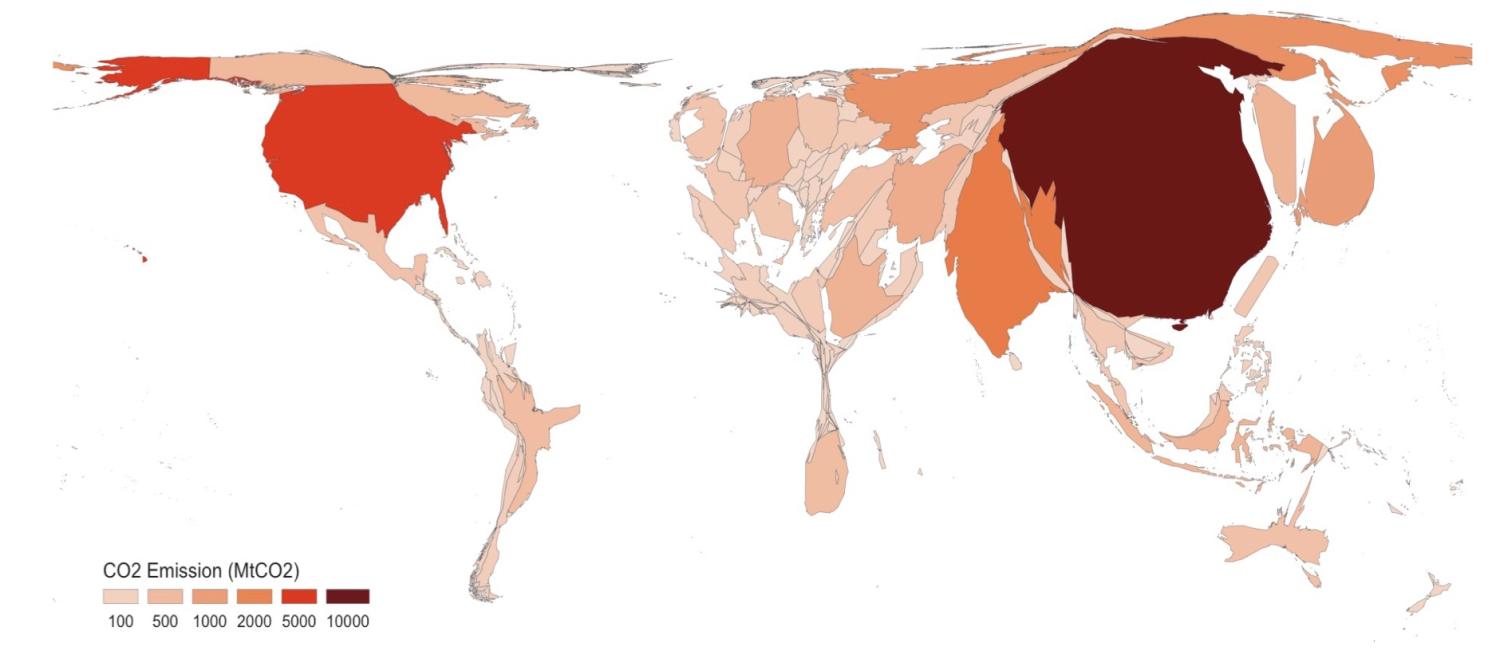
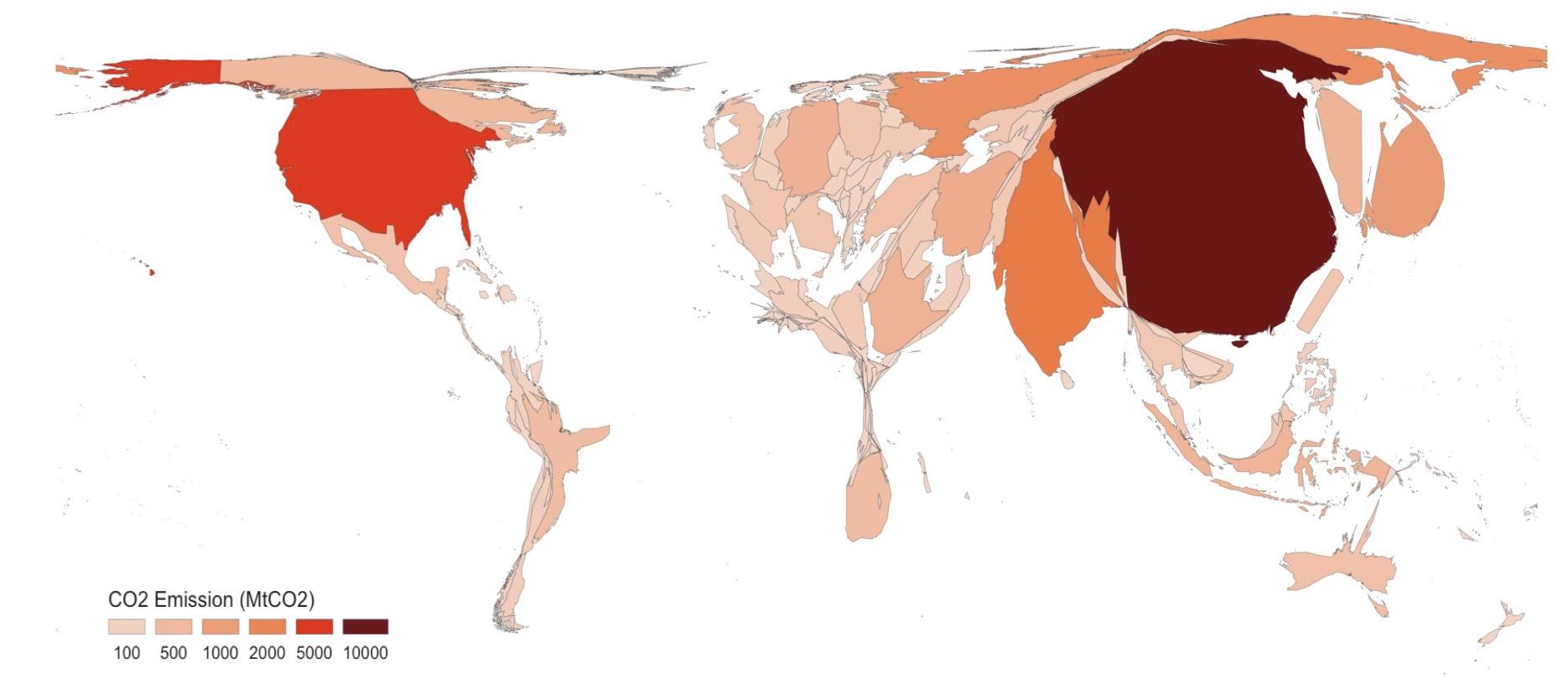
Note: Country sizes scaled by share of contribution.
Source: Bolton et al. (2022).
How does this picture change if we look not only at responsibility for the flow but also for historical cumulative emissions? Who is responsible for the stock in the atmosphere? Unsurprising, the early industrialisers bear the brunt of this responsibility. According to Global Carbon Project 2022, the US is responsible for about 450 Gtand the EU for about 300 Gt of the 2,400 Gt of CO2 in the atmosphere. Possibly more is that China’s share of the stock of emissions is also already around 270 Gt and growing rapidly. This mirrors the rapid development China has undergone in the past two decades, much of which has been powered by coal. Several other emerging markets are swiftly building up substantial contributions to the overall stock of CO2 in the atmosphere, while the share of the EU and US is declining in relative terms. Thus, responsibility for cumulative emissions is not static but is shifting from the Global North towards the Global South.
2. The effects of climate change are very unfair
The second dimension is geography. It is not fair, but geography and location matter in the impact of warming simply because the planet is round, and it is hotter in the tropics than at the poles. Some areas will warm more quickly than others; some will become uninhabitable; others will benefit from better conditions for agricultural, transport and tourism. Broadly speaking, countries close to the equator will suffer the worst impact from climate change. Risk indicators underscore the vulnerability of significant portions of Africa, South America, and South Asia, in addition to all low-lying islands, as illustrated in Figure 2.
Figure 2 Vulnerability to climate change
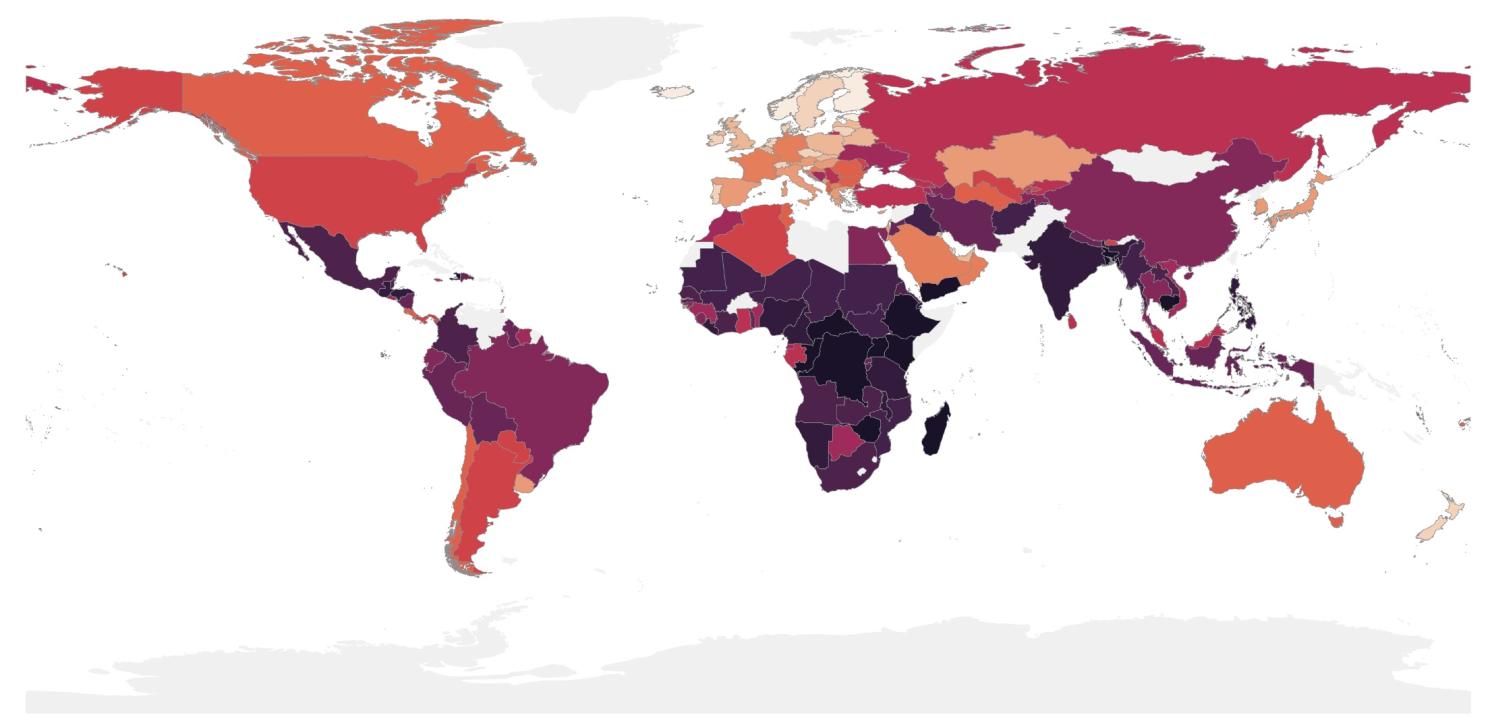
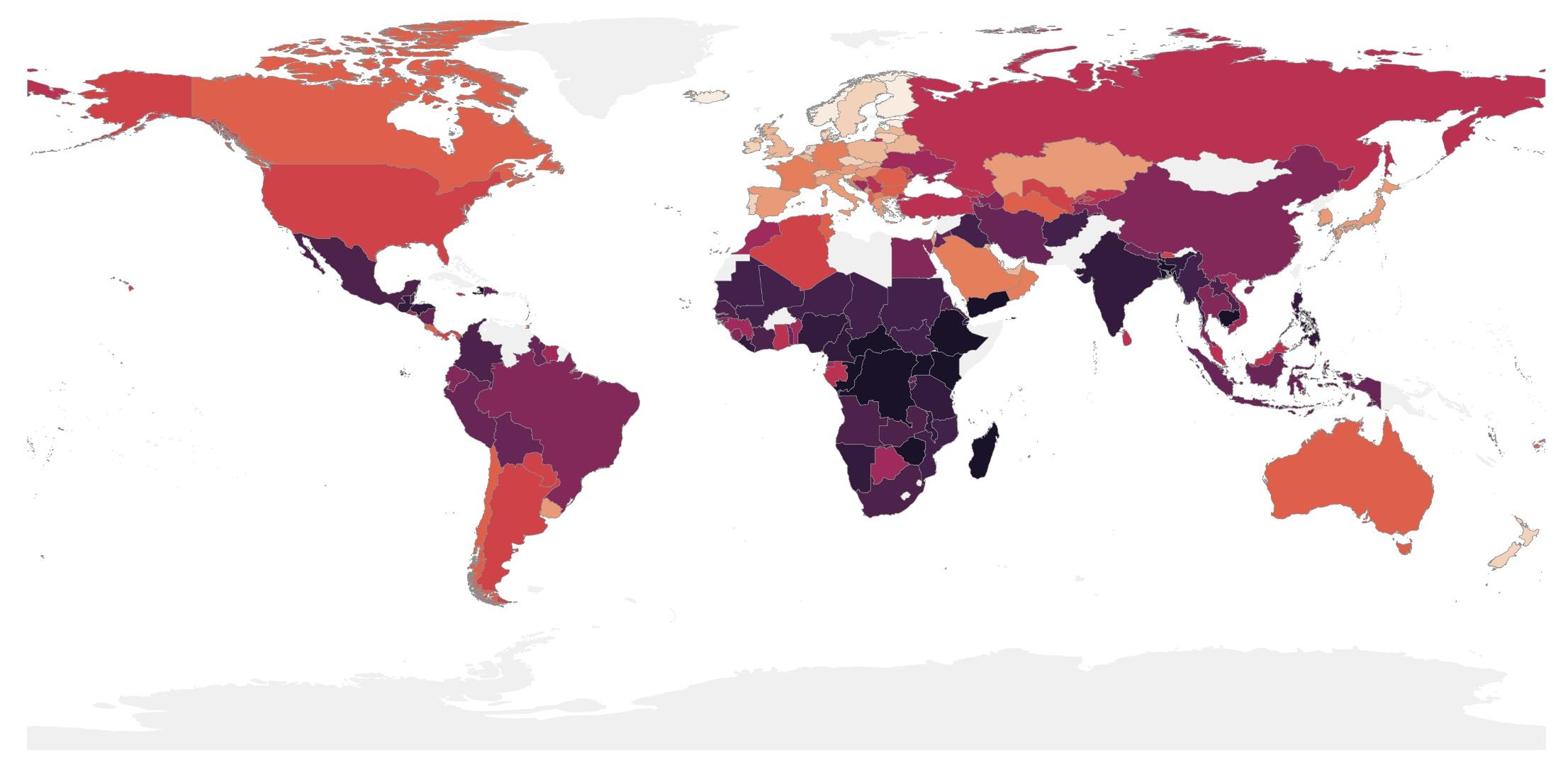
Source: Figure 2.2 in Bolton et al. (2022), based on INFORM
The spatial distribution of climate vulnerability is well understood thanks to an increasing suite of granular climate risk indicators. But precision in predicting climate risks is of little consolation to vulnerable nations. Rather, better pricing of climate risk will make adaptation financing more difficult and expensive, in precisely the places that need it most. At the same time, many of these regions have hardly contributed to the stock of CO2 in the atmosphere. It is understandable that this feels like adding insult to injury.
In principle, the Loss and Damages Fund is to provide some respite by offering financial assistance to poor and vulnerable countries. A sufficiently large fund will be necessary both for fairness reasons and because otherwise this conflict will continue to fester and could arrest the COP process.
3. The allocation of future emission rights under Paris is uneven
The third distributional dimension has received less attention, namely the allocation of the remaining emission rights across countries. While the Paris Agreement does not make an explicit allocation of emission rights, there is an implicit distribution operating within this framework. The Agreement hinges on three key elements: a global budget constraint (defined by the average temperature equating to a remaining emission quantity), a common end point of net-zero emissions, and a specified timeframe for achieving this target. Within these constraints, countries commit to reduction paths for the flow of emissions.
Consequently, a country starting from a higher baseline of emissions, such as the US, must undertake more substantial mitigation efforts to reach net zero. But, by the same token, it will also receive a larger share of the remaining emission rights compared with a country that is starting from a lower emissions level.
A simplified calculation shows the implied distribution of the remaining emission rights resulting from the Paris Agreement. Assuming the global carbon budget of 500 Gt is binding and that all countries will fully decarbonise – disregarding carbon extraction for simplicity – it follows that their respective allocated share of the remaining carbon budget will be in proportion to their share of current emissions.
For example, the EU needs to commit to mitigate about 3 Gt, which corresponds to approximately 7% of annual worldwide emissions. Equal commitments to mitigate imply that the EU should receive no more than 7% of the remaining 500 Gt for getting down to zero. This corresponds to one-time CO2 emission rights of roughly 85 tonnes per EU resident (which can be spent over time, but cannot be increased). 2
Both China and the US face more extensive mitigation requirements, entitling them to a larger share of the remaining allocation. Despite having a larger population, every person in China still receives a larger share of the remaining carbon budget than an EU resident, about 130 tonnes of CO2. American citizens receive the largest carbon emission rights, around 205 tonnes, with Russians following closely at 190 tonnes. This may be surprising, but it is simply a reflection of the very high carbon intensity of the US and Russia.
At the other end of the spectrum the allocations are strikingly small: in India and Africa (excluding South Africa), every person receives a one-time allocation of 40 tonnes and 10 tonnes, respectively (Figure 3).
Figure 3 Remaining carbon budget per capita implied by the Paris Agreement (in tons of CO2 per capita)

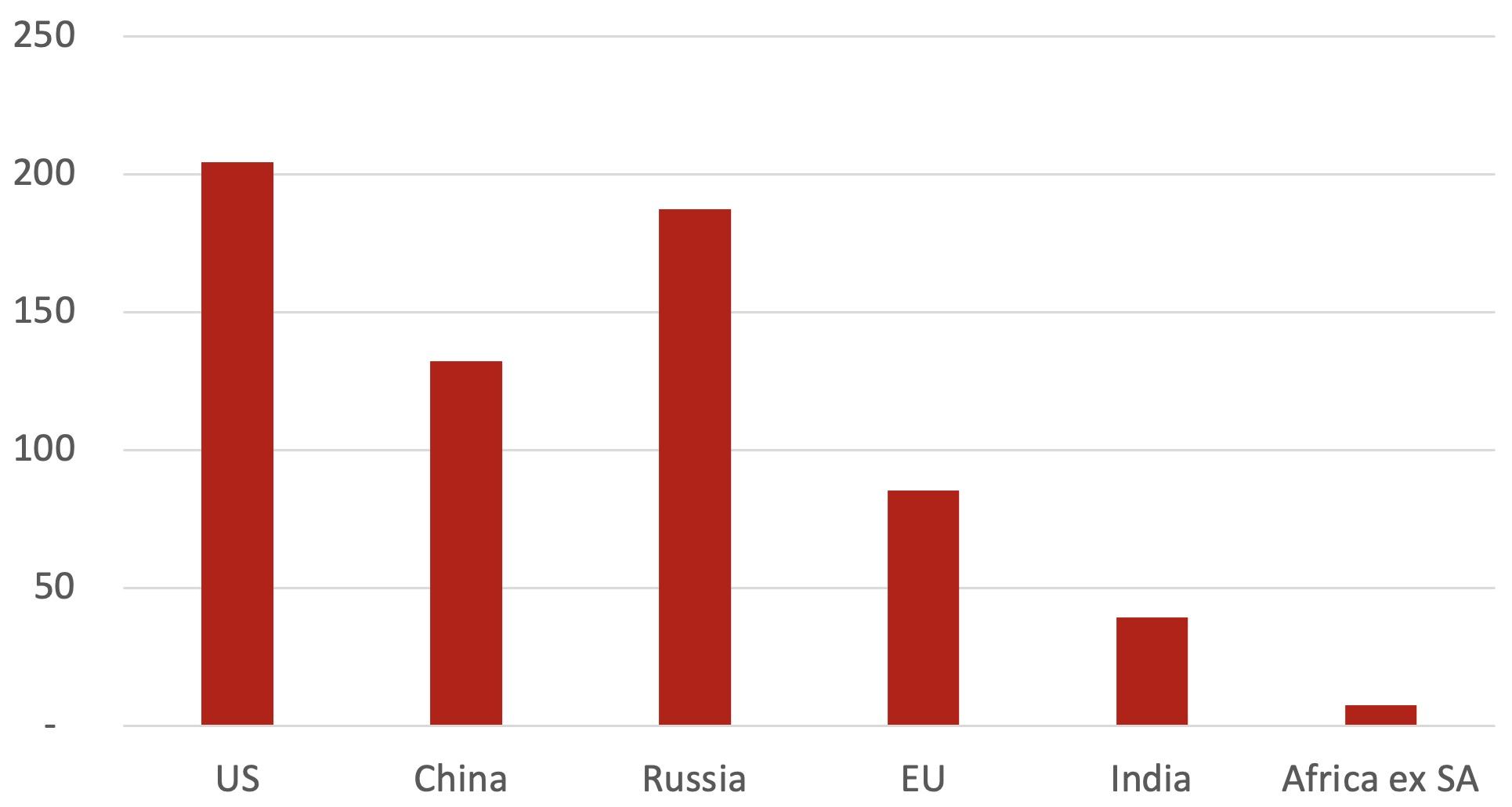
Source: own calculation based on annual emissions.
Note that I am not considering changes of population nor attempting to distribute the carbon budget per person over time. These numbers represent the static implicit individual right, assuming the Paris Agreement is established today and manages to stay within the global budget. As is well known, this is not what is happening. The world is not on track to meet the 1.5°C goal. If we were to give up on 1.5°C and aim for a higher remaining budget, say 1000 Gt, individual emission rights will be higher but the distribution would remain unchanged.
What this simple exercise should help clarify is why the COP process faces huge difficulties beyond the usual free-rider problems. The implicit allocation of remaining emissions rights is so unequal that it invites conflict and will inevitably lead to resistance, especially by the low-emitters. They can hardly be asked to stay within their modest allocated budget without significant help. Here again, is it important to note that the distributional conflict lines are not simply drawn between the rich and poor or the Global North and Global South; China and Russia receive very large allocations per head.
Conclusion: Dealing with the distributional conflict is a necessary condition for success of Paris
Climate may be a global common, but the distributional implications of mitigation and adaptation to climate change are deeply dividing. The inequity of historic, current, and future emissions rights will need to be addressed squarely to achieve the goal of limiting warming. In principle, various approaches can be considered for addressing distributional issues.
The first and most radical solution would involve a different allocation of future emission rights than foreseen under the Paris Agreement. For instance, a global cap-and-trade system could allocate the remaining carbon budget on an equal per capita basis. This would give a total budget of about 60 tonnes of CO2 per person, which could then be traded and automatically lead to very high transfers from countries where emissions per capita are high to those with low per-capita emissions. Such a global cap-and-trade system is the economist’s dream, but it is hardly realistic.
A milder form of redistribution of emission rights could be within reach. The European Scientific Board on Climate Change suggests that the EU consider adopting more ambitious climate mitigation targets voluntarily, taking fairness considerations into account. If the EU utilised less than its allotted share of the remaining budget, it would release emissions rights for other nations. This approach holds promise, particularly if it were systematically adopted by countries with high present or historical emissions and augmented by a mechanism to transfer the saved emissions rights to countries with low emissions rights.
Another option is a side payment, which separates equity considerations from allocation. In principle, this has been the chosen method since COP15. During the Copenhagen 2009 summit, developed countries pledged to annually raise US$100 billion in climate finance to assist low-income countries in their transition and mitigation efforts. According to the most recent OECD report (OECD 2023), progress is being made, with climate finance reaching $86 billion in 2021. However, in the meantime estimates of funding requirements for mitigation and adaptation in the Global South have escalated to $1 trillion per year.
A final option is to place a bet on technology. If mitigation efforts fall short in curbing warming, massive scaling of carbon capture or some form of geoengineering might be the only recourse. Fulesang and Hassler (2023) suggest preparing for a Plan B now. They discuss the deployment of enormous sunshades strategically positioned at the right distance between the sun and earth to deflect incoming light. They argue that this could even be cost-effective, estimated at around $3 trillion. It would indeed be foolish not to invest in technology and research for possible alternatives. Technological solutions may not suffer from the free-rider problem that plagues common goods. On the contrary, some of them suffer from the opposite – a free-driver problem. If one country decides to deploy sunshades or insert SO2 into the high atmosphere, it will affect everyone’s climate, though probably not uniformly. The huge challenge with most technological solutions lies in their high level of uncertainty. At the same time, there is a significant inherent temptation to place faith in technological interventions: if successful, they could potentially sidestep some of the complex issues related to distributional conflicts and even avoid painful mitigation efforts today. If the bet on technology doesn’t pan out, the consequences will be in the future, likely beyond the current decision makers’ horizons. This is why betting on technology is not only very risky but also quite irresponsible.
The conclusion suggests that the way forward involves a combination of the three approaches: transferring future emission rights from countries ‘rich’ in emissions rights to those ‘poor’ in emission rights, increasing financial transfers to address inevitable adaptation needs in the most vulnerable countries, and investing in innovation and technology. Crucially, these elements should be integrated into a comprehensive new package deal that merges mitigation commitments with distribution. Together, they can realign COP on the right track.
Source : VOXeu



